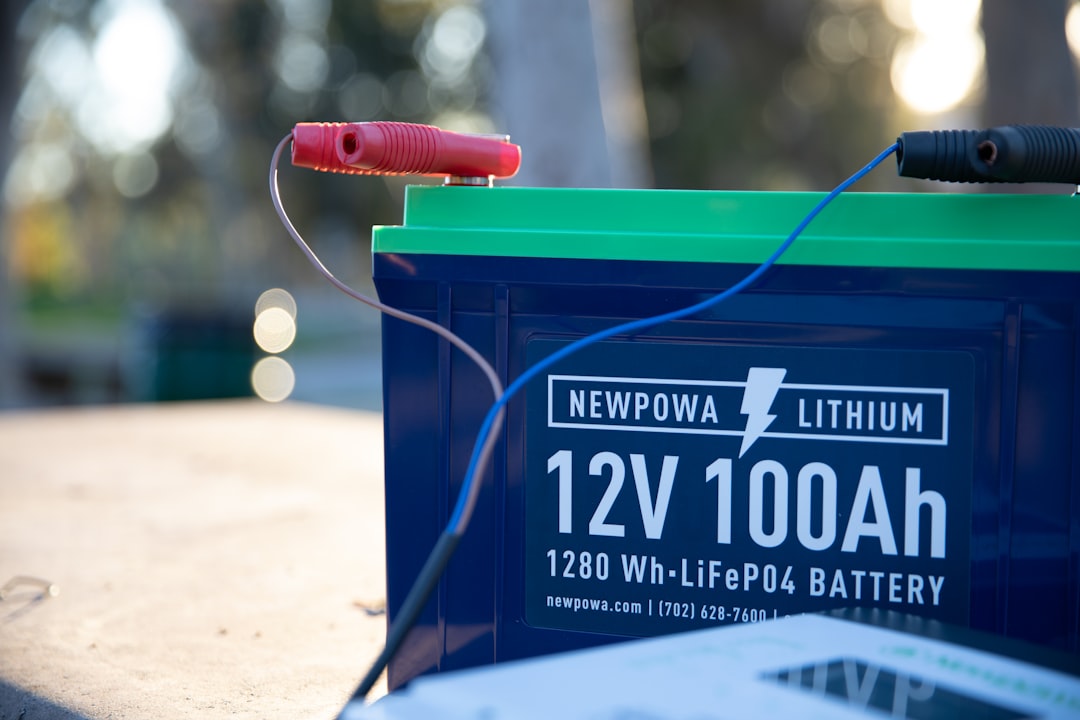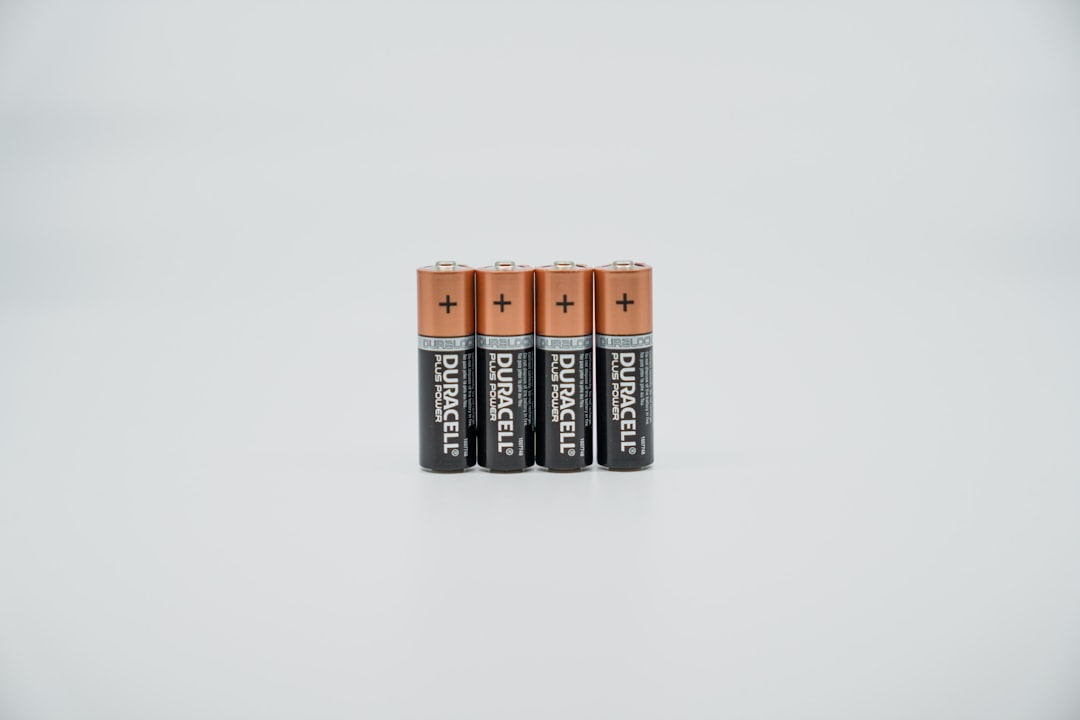Walk into any home, office, or store and you’re bound to find them—batteries. These small but powerful energy sources are the backbone of our modern electronic devices, from TV remotes and flashlights to cameras and wireless keyboards. But when it’s time to power up, you face a pivotal decision: disposable or rechargeable batteries?
While it’s tempting to grab the nearest pack of disposable AA or AAA batteries for their convenience, rechargeable batteries are increasingly becoming popular as environmentally friendly and cost-effective alternatives. In this guide, we’ll do a deep dive into the pros, cons, and costs of each type to help you decide which one makes the most sense for your needs.
Understanding the Basics
Disposable batteries, also known as single-use batteries, are designed to be used once and then discarded. Common types include alkaline, lithium, and zinc-carbon. On the other hand, rechargeable batteries—like NiMH (Nickel Metal Hydride) and Li-ion (Lithium-ion)—can be used multiple times after being recharged with an appropriate charger.
Before comparing them in depth, it’s essential to assess the critical differences in how each type functions:
- Disposable batteries: Provide a steady voltage for a limited period and are optimal for low-drain devices.
- Rechargeable batteries: Initially more expensive but designed for high-drain and long-term use devices.
Pros and Cons of Disposable Batteries
Advantages
- Readily available: Accessible in almost any convenience or grocery store.
- No need for special equipment: Just insert and use—no charger required.
- Longer shelf life: Can last several years unused, making them ideal for emergency kits.
Disadvantages
- Environmental impact: Single-use nature contributes significantly to landfill waste.
- Cost over time: Replacing batteries frequently becomes expensive in the long run.
- Inefficiency in high-drain devices: Devices like digital cameras or game controllers can drain them very quickly.
Pros and Cons of Rechargeable Batteries
Advantages
- Cost-effective over time: Though the initial investment is higher, the ability to reuse the batteries can save substantial money.
- Eco-friendly: Fewer batteries end up in landfills.
- Great for high-drain devices: Perform well in gadgets that consume a lot of power.
Disadvantages
- Higher upfront cost: Need to purchase both the battery and charger initially.
- Limited recharge cycles: After 500–1000 charges, performance may decline.
- Self-discharge rate: Some types lose charge when not in use, although this has improved with modern low self-discharge (LSD) models.
Cost Comparison: Disposable vs. Rechargeable
To truly understand the impact of your battery choice on your wallet, consider this example with AA batteries:
- Disposable AA: A pack of 4 costs around $4. If you use 100 batteries per year, you’ll spend $100.
- Rechargeable AA: A 4-pack of NiMH batteries plus a charger might cost $30. If each battery can be recharged 500 times, that’s the equivalent of 2,000 uses per pack—or just 1.5 cents per use!
Even when accounting for electricity use and occasional battery replacements, rechargeable batteries start to pay for themselves within the first year in high-usage scenarios.

Environmental Considerations
If you care about your carbon footprint, this is where rechargeable batteries truly shine. According to the EPA, Americans throw away more than 3 billion batteries each year, most of which are single-use. While many are recyclable in theory, they often aren’t recycled in practice.
Rechargeable batteries significantly reduce battery waste and resource consumption. Even though they still contain metals and chemicals, their reuse lessens the volume of discarded units and the demand for raw materials.
Performance & Suitability by Device
Still undecided? One of the best ways to choose is by considering what devices you’re powering. Different gadgets have different power demands, which can significantly influence battery performance.
- TV remotes and wall clocks: These are low-drain devices. Disposable batteries work fine and often last for months.
- Digital cameras and toys: These are high-drain devices that benefit greatly from rechargeable batteries, which maintain voltage better under heavy use.
- Emergency kits and rarely used flashlights: Disposable batteries are ideal due to their longer shelf life.

Best Practices for Battery Use
Regardless of your choice, following best practices can ensure you get the most out of your batteries while minimizing waste and cost:
- Store properly: Keep batteries in a dry, cool place. Avoid extreme temperatures.
- Use a smart charger: Smart chargers prolong rechargeable battery life by preventing overcharging.
- Recycle used batteries: Take both rechargeable and disposable batteries to a certified e-waste recycling center.
When to Choose Which
If you’re powering a flashlight for power outages, disposable may be your best bet. If you’re a photographer constantly changing batteries in your camera, rechargeable is the way to go. Here’s a quick checklist to help decide:
Choose disposable batteries if:
- You use them infrequently.
- You need long shelf life for emergency backup.
- You don’t want the hassle of recharging.
Choose rechargeable batteries if:
- You use batteries daily.
- You want to save money over time.
- You care about reducing environmental impact.
The Verdict
There’s no one-size-fits-all when it comes to choosing between disposable and rechargeable batteries. However, for most modern households and workplaces, investing in rechargeable batteries offers long-term savings, high performance, and eco-conscious advantages. Disposable batteries still have their place, especially in low-use or emergency contexts, but transitioning to rechargeable wherever feasible is a smart move.
Whether you’re powering your child’s electronic toy, your camera, or a wireless mouse, evaluating usage patterns can help you make the most cost-effective and sustainable battery choice.

So, next time you’re browsing the battery aisle or hitting “add to cart,” consider the long game. Your wallet—and the planet—will thank you.
